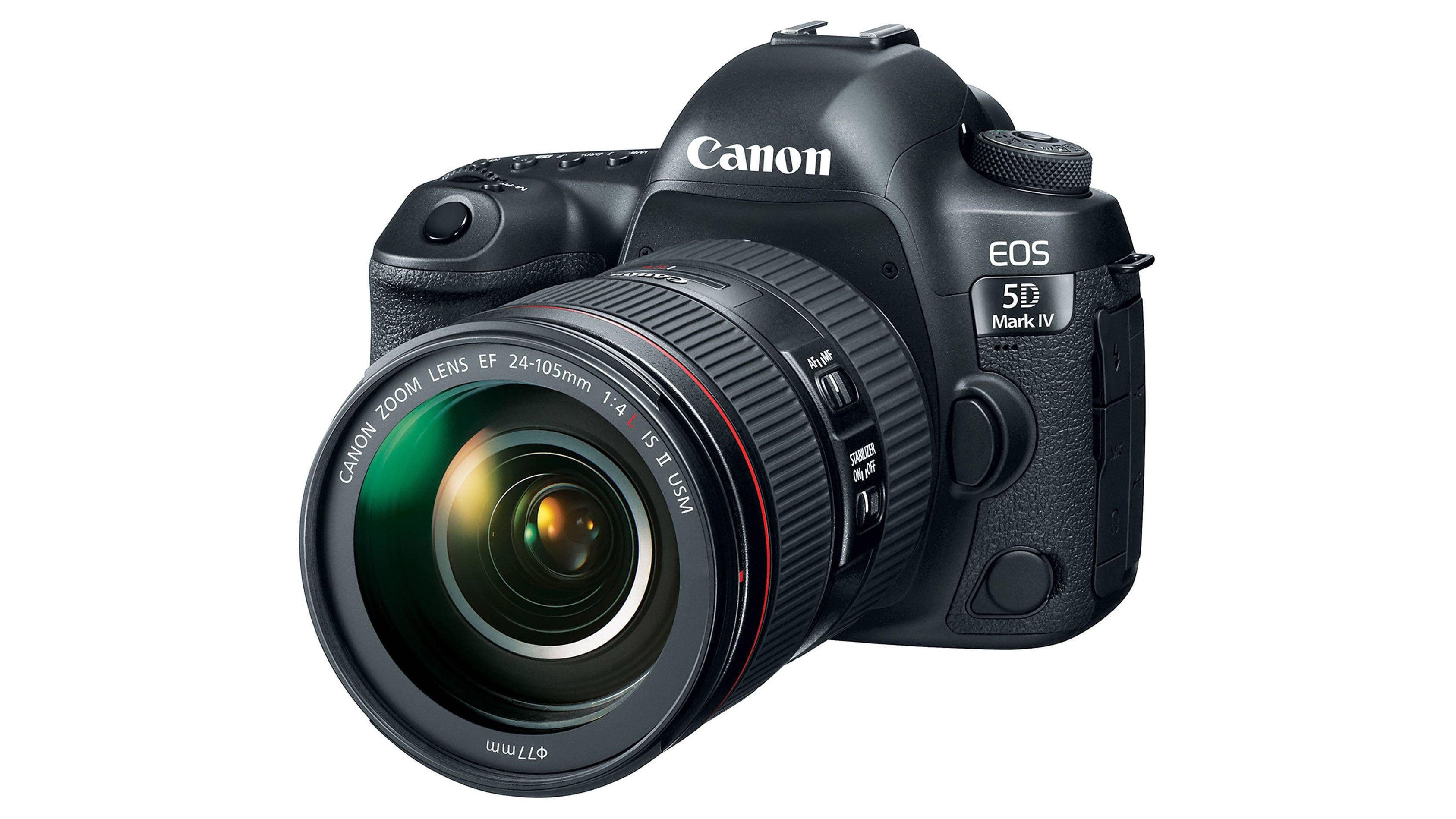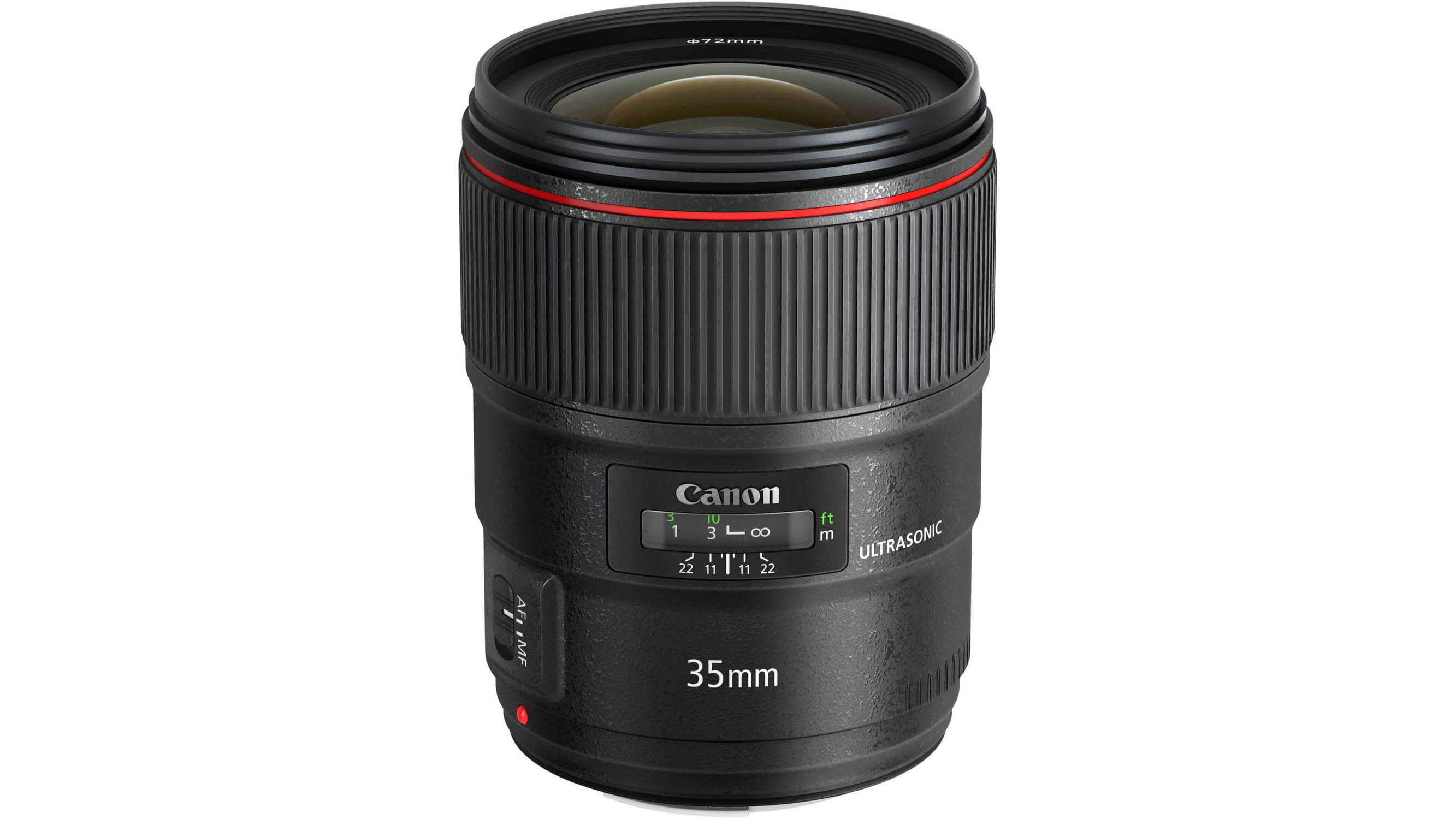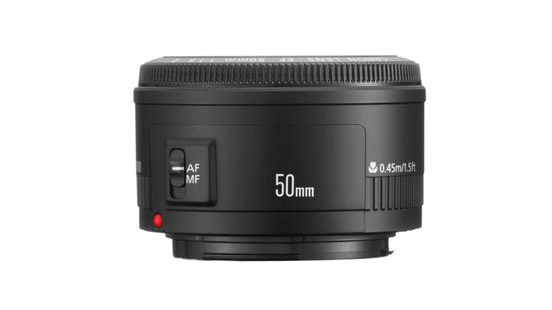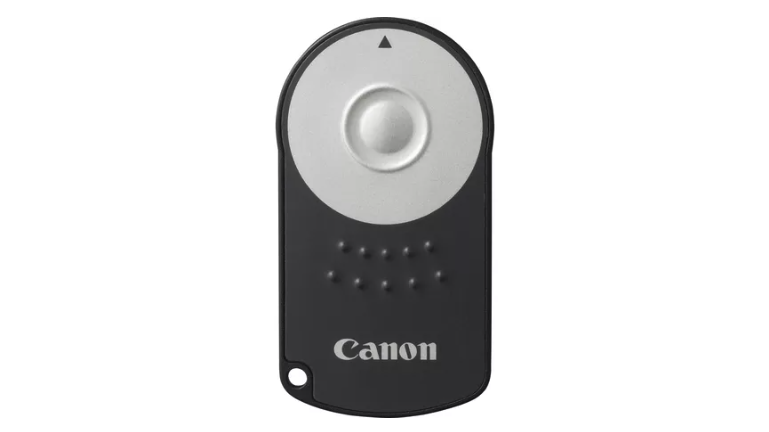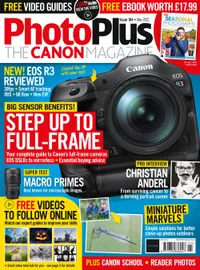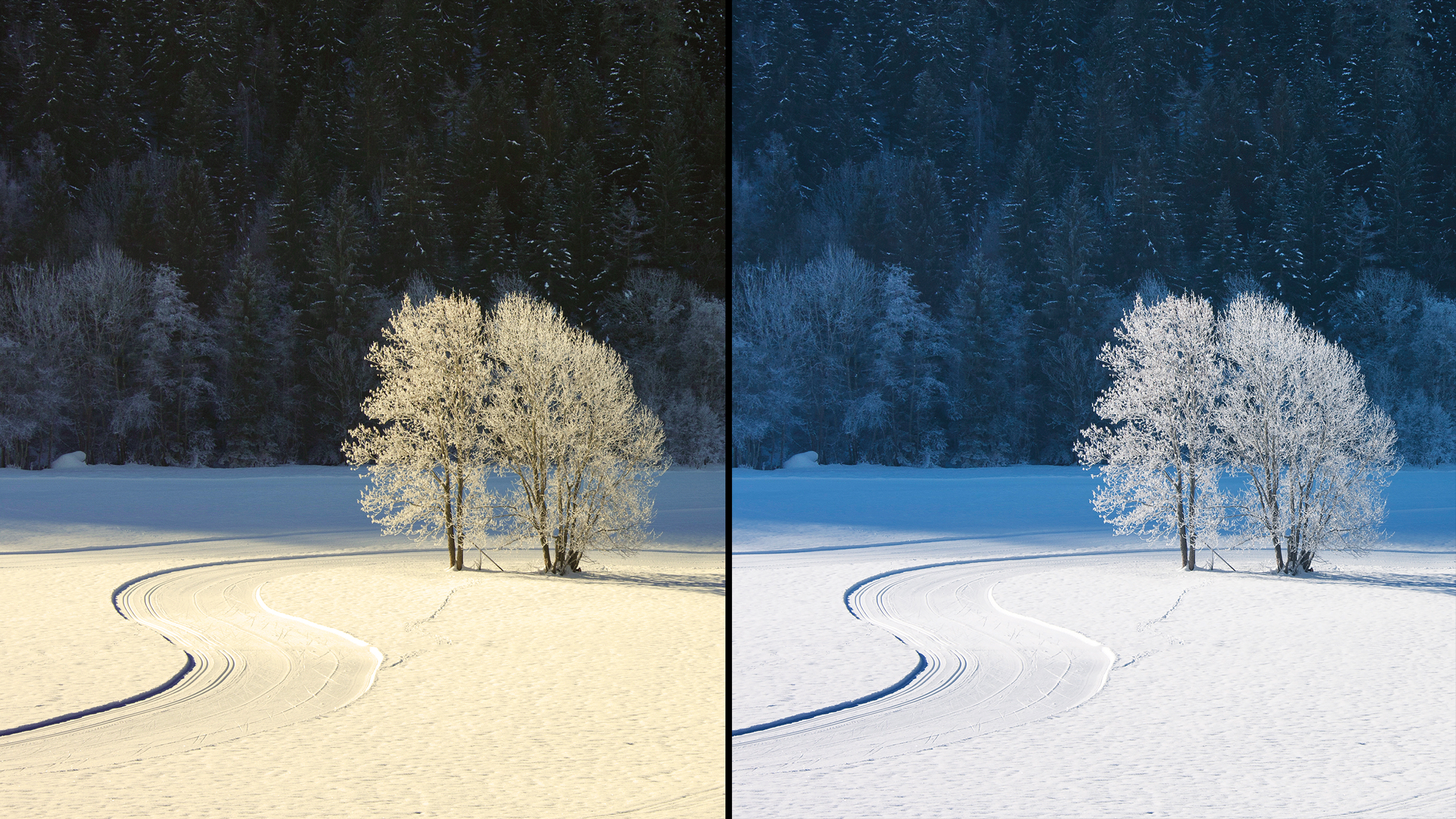Pro food photographer Monika Grudzinska shows us the camera kit she uses to shoot photos that are good enough to eat!
Pro food photographer Monika shows us the essential camera kit she uses to take top pictures of her culinary delights
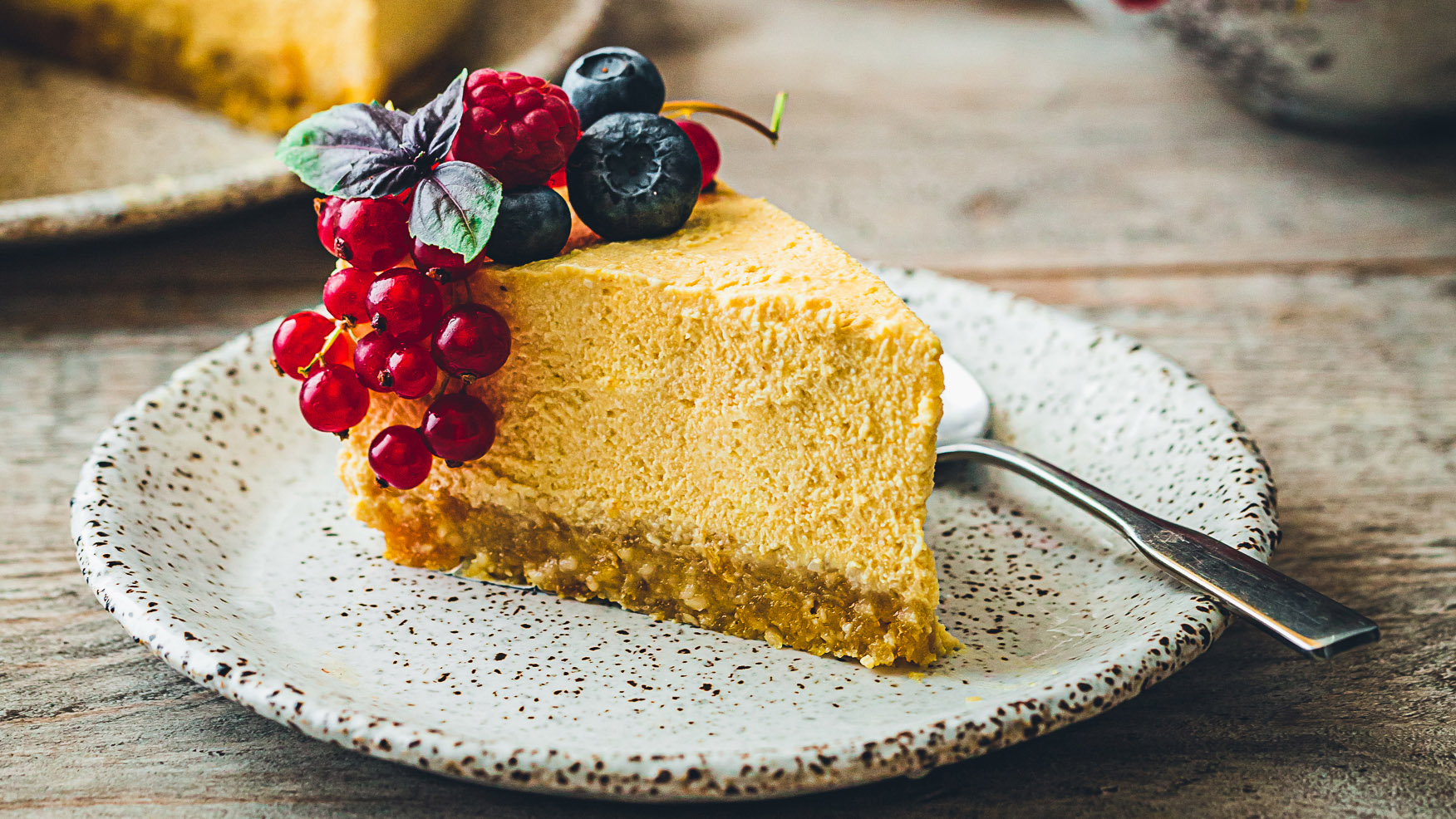
Food photography is an exciting offshoot of the still-life genre, where you can really take your time and be a perfectionist with all of the various elements around the frame: from product placement to the position of the sun or your flash. It's not uncommon for tweezers to be used to carefully position a garnish or detail around the frame for total precision. The best news is, once you've wrapped taking pictures you can tuck into some tasty treats!
We recently caught up with professional food photographer Monika Grudzinska, who has perfected her style over many years and now takes the food and product photography for some of Poland's largest brands.
• Elevate your food photos with the best lenses for food photography
Monika, 42, is based in Gdansk, Poland, specializing in food and product photography since 2017. She mainly works with Polish brands but has recently taken on work from Swedish and German companies too. She tells us: “All of my work is about creating feelings and emotions while using natural light. I am a total fan of the dark mood style.”
She tells us her story, her top tips for food photos, as well as the camera set-up she uses, including her favorite lenses. To see more of her fantastic culinary pictures, be sure to visit her website and Instagram.
"I grew up in Gdansk in the north of Poland. When I finished my studies, I left my hometown. I didn’t know what I wanted to do in life, but got into photography in 2009 when I got my first Canon EOS 80D. My love for food photography was born a few years later. Sadly my cameras were stolen and I had to start building it all up again, buying a used Canon EOS 40D from a friend.
"At the time I worked a 9-5 and spent all of my free time on photography. I cooked and then posted recipes with photos of the dishes on my blog too. Over time, my first clients started to appear, so I started my own company and start working as a full-time food photographer. I gained experience by photographing food in restaurants. These were quick sessions for large culinary platforms, but it wasn’t 100% what I wanted to do. I dreamed of creating beautiful, artistic photos of more than just food. I wanted my photos to evoke emotions.
The best camera deals, reviews, product advice, and unmissable photography news, direct to your inbox!
"In 2016 my private life was turned upside down and I put my camera away for almost two years. I came back and decided to focus on my love of photography and I so started from scratch again. I worked hard building my portfolio for four years and today I’m proud to say I work with some of Poland’s largest companies.
"After all these years, I can say that I have my dream job and work in my dream photo studio. The road wasn’t easy, but it was definitely worth all the ups and downs I experienced. I know that dreams can come true, you just have to really want it."
Monika's pro culinary kit
1. Canon EOS 5D Mark III & Canon EOS 5D Mark IV
"The Canon EOS 5D Mark III was my first full-frame Canon EOS camera and was my workhorse for many years, I’ve now upgraded to the 5D Mark IV and use my 5D Mark III as my backup camera. After working with APS-C bodies prior, both of my 5D bodies have shown me the significant improvement to image quality and low light performance."
2. Canon EF 100mm f/2.8L IS USM
"A 100mm macro lens is a must-have for photographers looking to shoot detailed close-ups, whether that’s food, still-life or even insects. The quality and detail in my close-up food shots with this lens are simply incredible and might just be my favourite lens when it comes to food photography."
3. Canon EF 35mm f/1.4L USM
"The Canon EF 35mm f/1.4L USM is perfectly suited to my Canon EOS 5D Mark IV full-frame body and is ideal for the times when I need a wider angle to squeeze more of the frame into view. I use this lens alot for food photos and also for time-lapse videos."
4. Canon EF 50mm f/1.8 II
"This is one of the smallest and cheapest lenses you can buy, but this ‘nifty’ 50mm has huge capabilities. This is the first lens that completely changed photography for me – I discovered the shallow depth of the field and I created my first successful bokeh photo effect! Its wide maximum aperture of f/1.8 also makes it a great option when shooting in a dark environment."
5. Canon RC-6 wireless remote
"The Canon RC-6 is a remote that allows me to fire my Canon EOS 5D Mark IV wirelessly. This is crucial for my work as it prevents camera shake from touching the shutter button, and allows me to fire it when I’m looking at the Live View on my computer screen, and not standing directly next to my camera. It’s an ideal gadget for sharper food photography and making films."
6. TetherTools TetherPro USB
"The TetherTools TetherPro USB 3.0 to Micro-B is a very helpful gadget that allows me to connect my Canon EOS 5D Mark IV to my computer. This means I can see my image in Live View on a much larger screen, which is essential for seeing which details are sharp when working with a shallow depth of field."
PhotoPlus: The Canon Magazine is the world's only monthly newsstand title that's 100% devoted to Canon, so you can be sure the magazine is completely relevant to your system. Every issue comes with downloadable video tutorials too.

In addition to being a freelance photographer and filmmaker, Dan is a bona fide expert on all things Canon and Adobe. Not only is he an Adobe-certified Photoshop guru, he's spent over 10 years writing for specialist magazines including stints as the Deputy Editor for PhotoPlus: The Canon Magazine, Technical Editor for Practical Photography and Photoshop Editor on Digital Photo.

